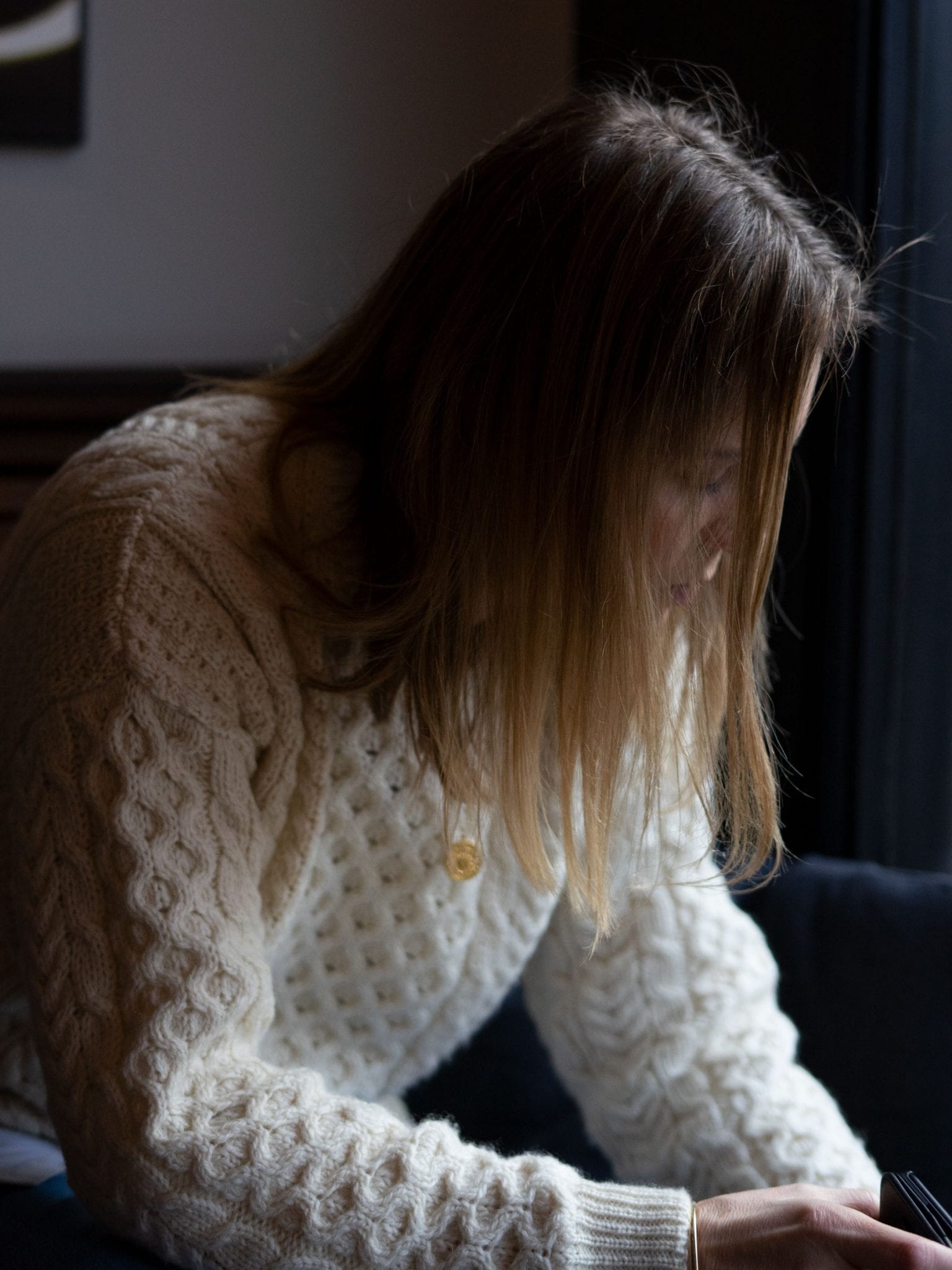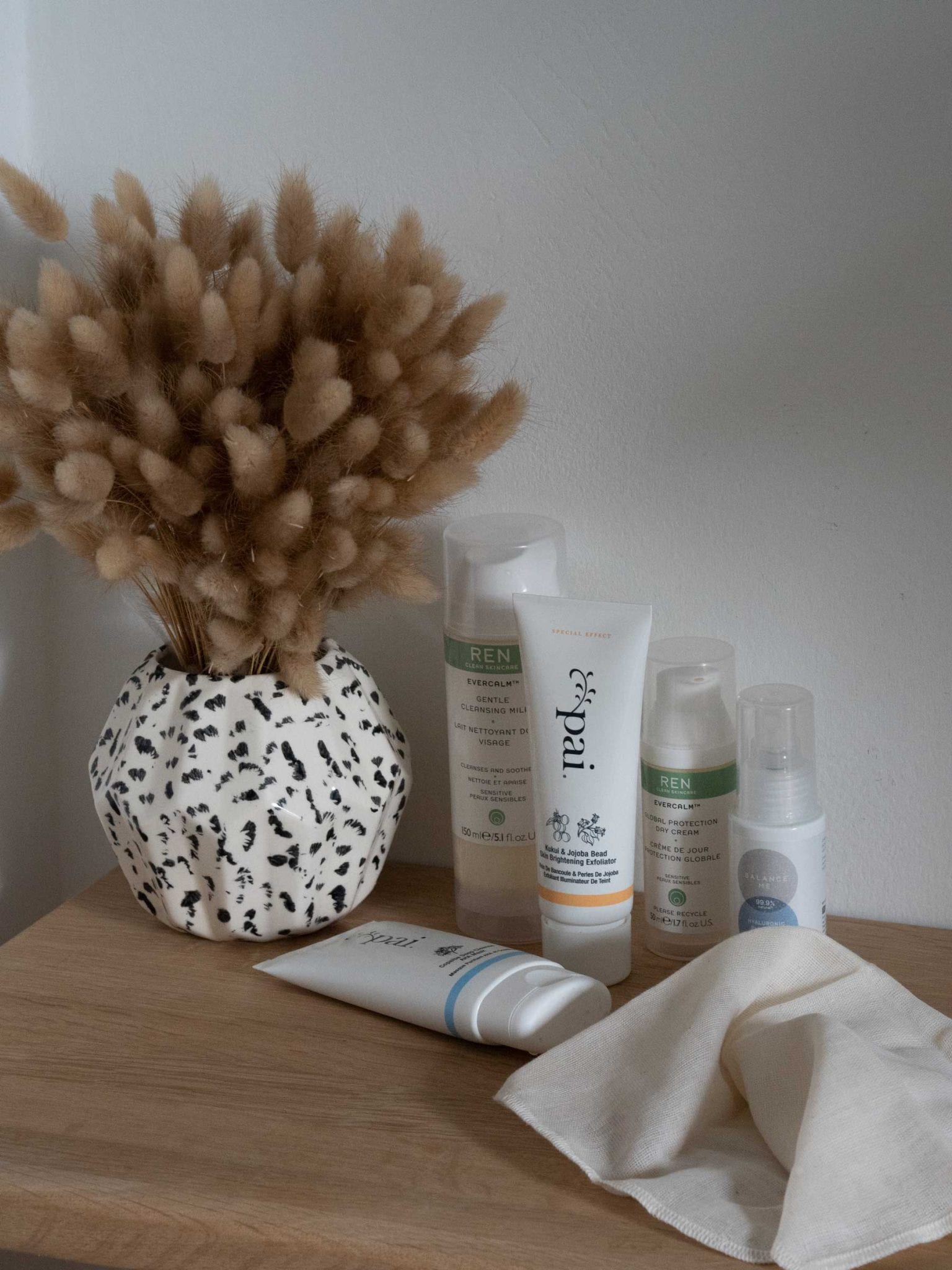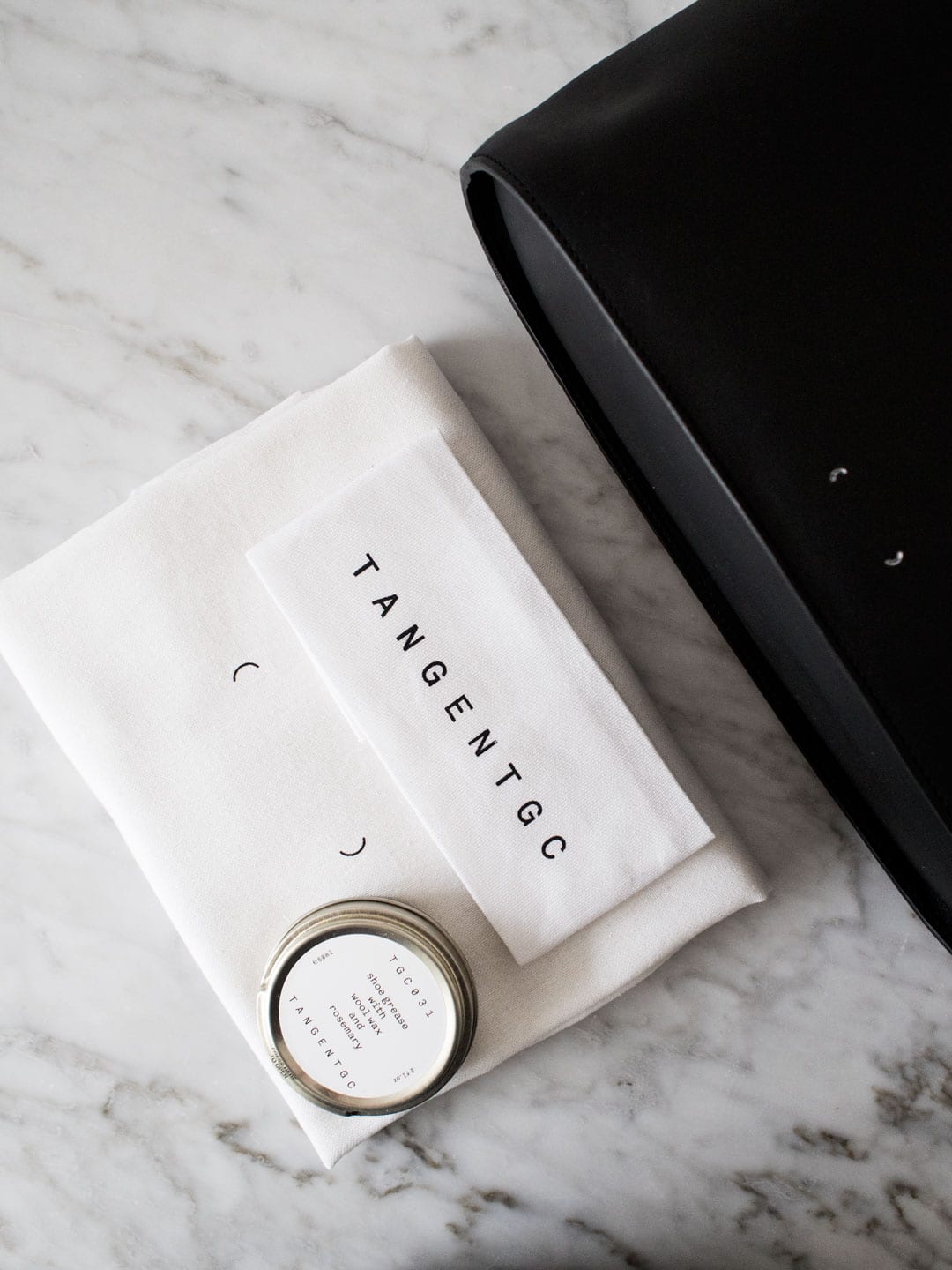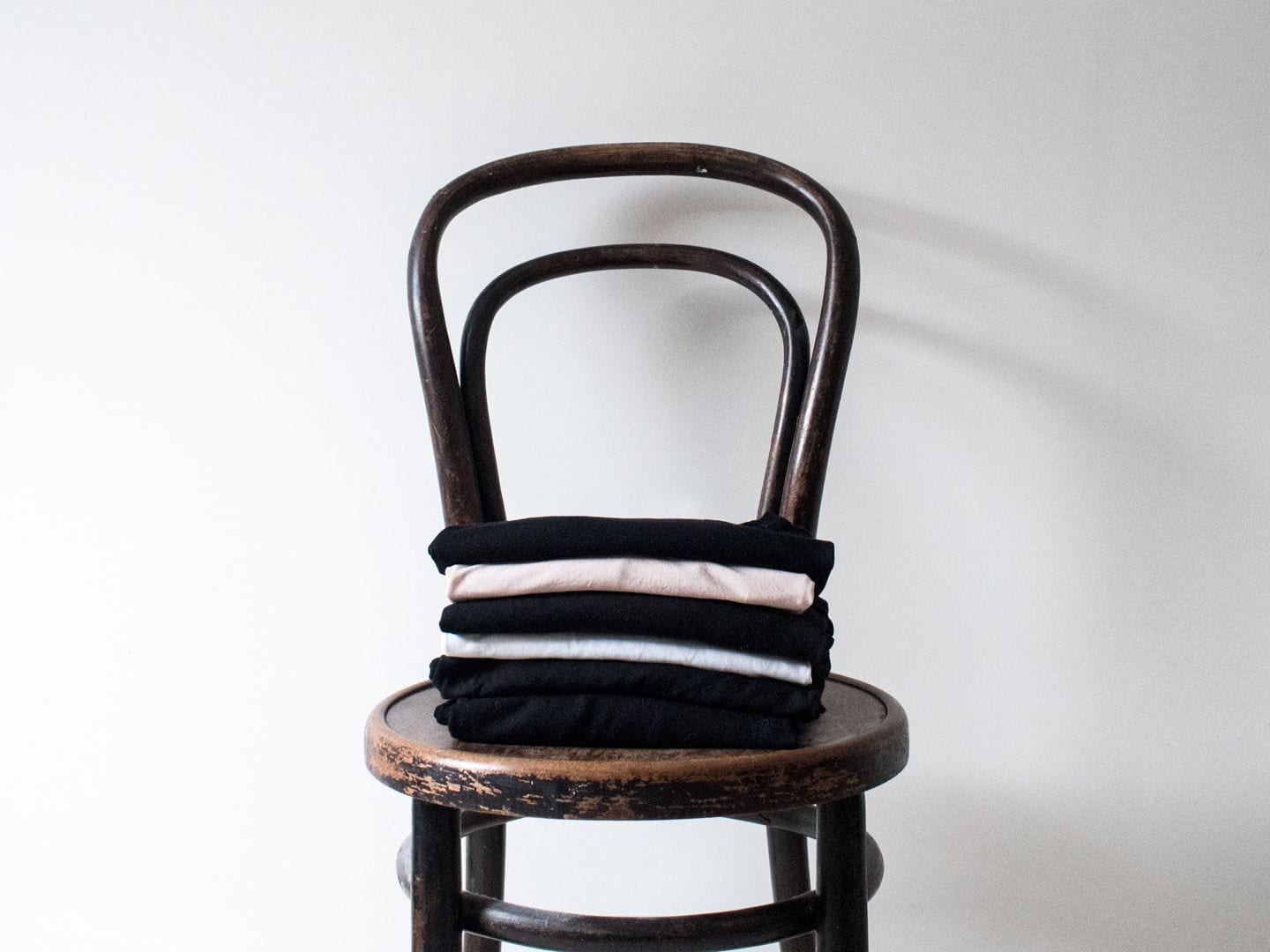What we choose to wear can have a significant effect on the environment and I believe we all have a part to play in protecting the planet for future generations. By choosing your wardrobe carefully you can help make a difference.
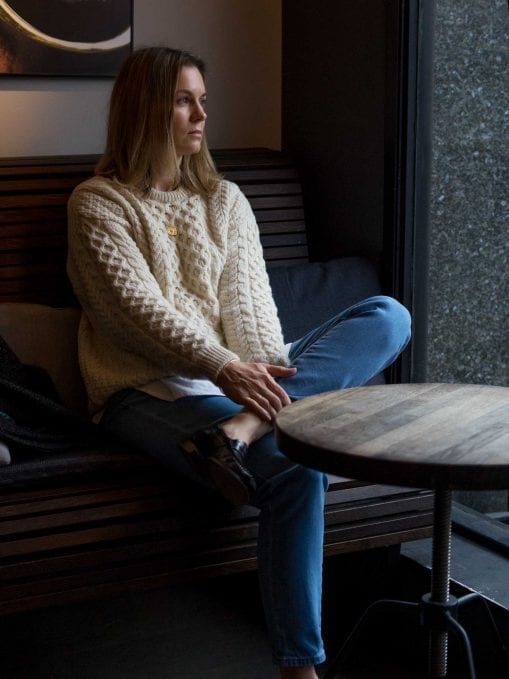
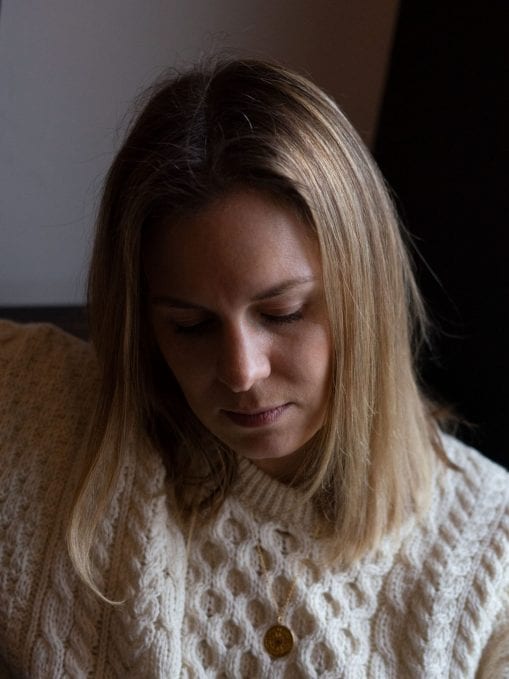
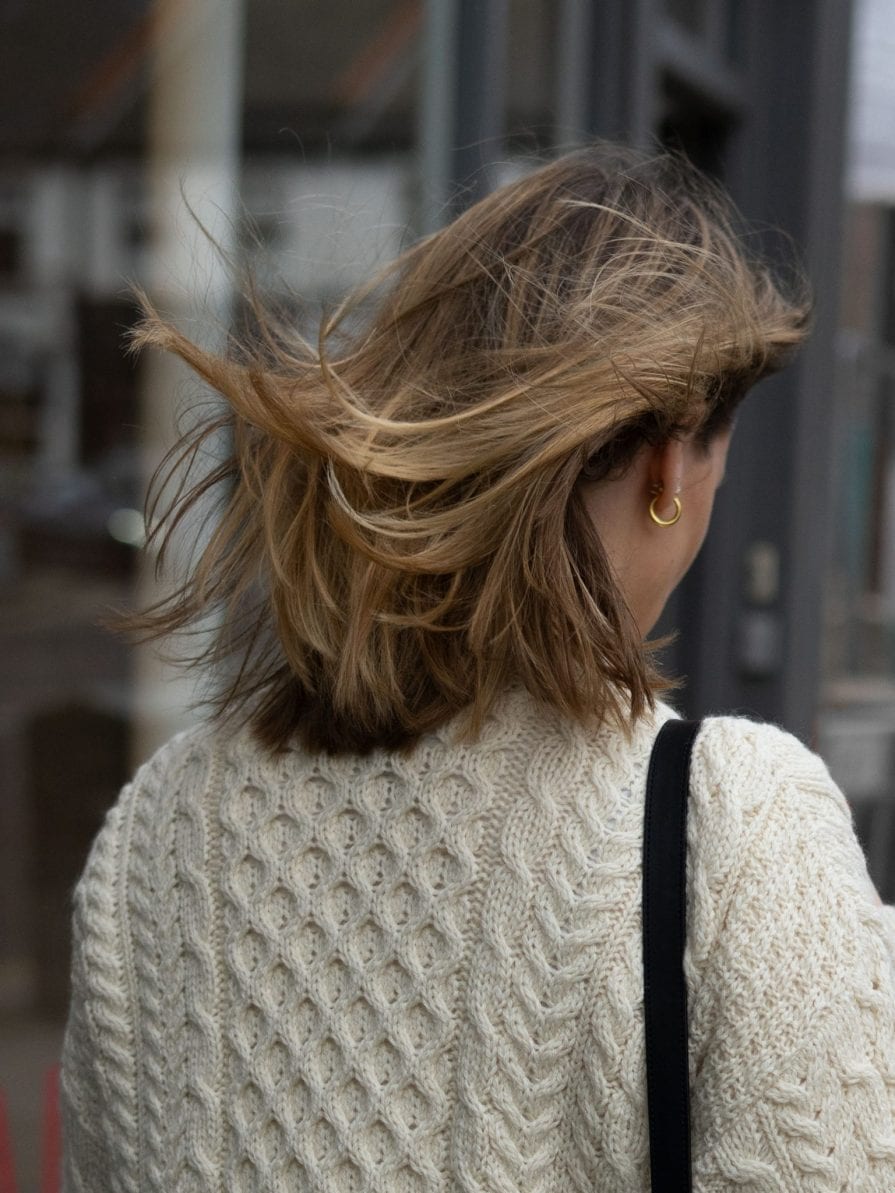
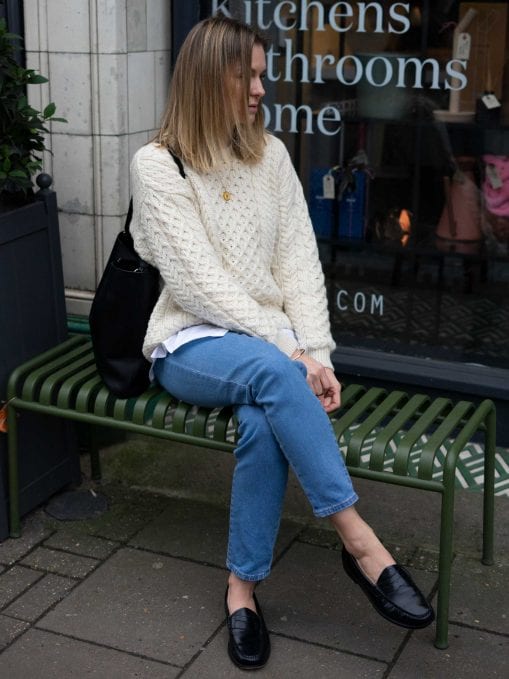
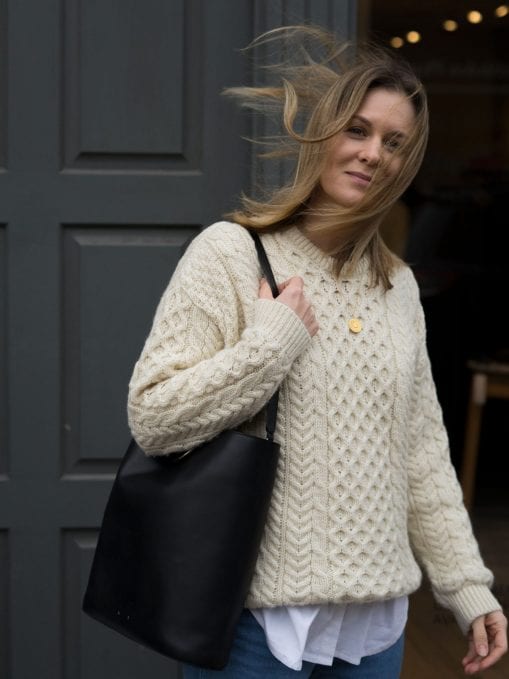
1. Wear Your Clothes
Chances are you already own some amazing clothes. The most sustainable wardrobe is the one you already own as long as you wear it regularly. Challenge yourself to come up with new ways of wearing your clothes and accessories. I have a couple of sections on my ‘Style’ Pinterest board where I save photos of outfits for autumn/winter and spring/summer that are made up of items similar to the ones I own.
2. Choose Well
Only buy what you truly love and know you will want to wear frequently. If you choose well, you should be able to wear an item at least 30 times, if not more. Don’t buy something just because, at first glance, you think it looks nice or you saw it on someone else whose style you admire; don’t make a panic purchase. Give yourself time to consider how you’ll wear it with the things you own. If you can’t think of at least three ways you can style it, don’t buy it.
3. Buy Well Made
Look for natural fibres because they tend to wear and wash better than most synthetic materials; they also allow the skin to breathe. Good garment construction is also important, you want your clothes to last and if they’re badly made they won’t. If you’re unsure, check the quality of the seams and how well the buttons are sewn on (if there are any).
4. Only Buy What You Need
Most of the time we don’t need another coat, another pair of shoes, another pair of jeans, etc. If you choose well and buy well made then you are even less likely to need more.
5. Buy Timeless Designs
You’ll never regret it. These items never go out of fashion and often turn up in new trends anyway.
Plus, it’s worth it for the investment alone; if you do decide you no longer want an item, there’s likely to be a market for you to sell it on.
6. Clothes That Fit
How well an item fits will usually determines how many times an item is worn. If it feels uncomfortable, you’re probably not going to relax all day and, the next time you put that item on, feel reluctant to wear it again; another reason it’s important not to panic buy.
On the other hand, if you’re wearing something that fits you well, you’ll feel good about yourself and how others see you.
7. Take Care of Your Clothes
If you want to prolong the length of use of your clothes you need to treat them with care. Wash them according to their labels, you can always drop the temperature (but never raise it). Use a detergent that is eco-friendly and reduce unnecessary and damaging chemicals in our water systems. I use Ecover or Kinn, both are made with plant-based, biodegradable ingredients and still leave my clothes clean and fresh.
Mend holes, damaged seams and hems. There are plenty of tutorials online if you’re not sure how. You could consider the Japanese practice of Sashiko, if you want to add character. If you’re not comfortable mending your things yourself, get in touch with an alterations and repairs agency.
8. Secondhand & Vintage
It goes without saying that there are a lot of unworn clothes in the world, some that have never been worn at all. Secondhand and vintage clothes are often more affordable than the newly made. Though often associated with bright, cheaply made, synthetic clothes from the 60s and 70s; I’ve bought a beautiful wool jumper from Margaret Howell via eBay and a classic Belstaff jacket from a secondhand store in London. You need to think about exactly what you want/need and not deviate.
TOAST have recently started a clothes-swapping initiative called TOAST Circle. Customers can bring in items from previous seasons and swap them for other worn pieces.
9. Buy Locally Made
Supporting local artisans that produce goods using local materials means they are made with a low carbon footprint. It gives the brand the option to make-to-order, reducing deadstock. It’s also beneficial to the local economy.
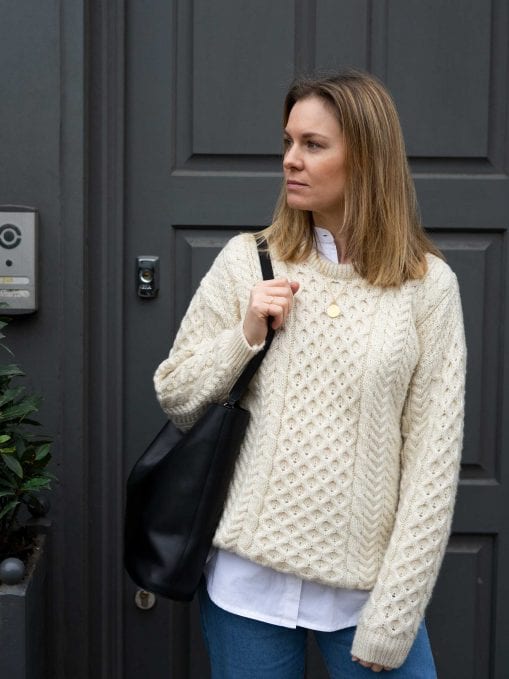
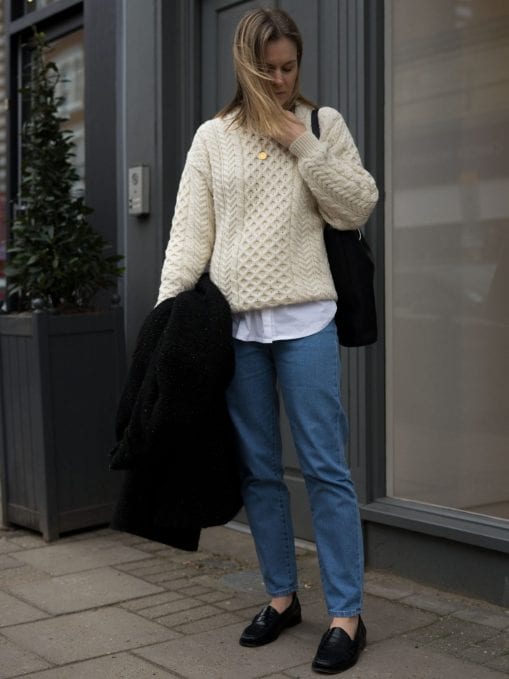

Other things to consider…
Look for organic or Better Cotton Initiative (BCI) cotton. Less water is used in the farming process, the cotton seeds are not genetically modified and no chemicals or pesticides are used to grow them. This is better for the farm workers and pickers, better for the ground that the cotton is grown in, better for the local water supply and ecosystem and (I believe) better for your skin.
The OEKO-TEX registered trademark lets you know about fabrics that are made responsibly. The Global Organic Textile Standard (GOTS) lets you know about fabrics that have been made with a minimum of 70% organic fibres.
Make sure the brands you buy from ensure their wool is mulesing-free. It’s a painful practice that involves removing a strip of skin from the buttocks of the sheep to prevent a parasitic infection called flystrike. It’s especially common with Merino sheep.
Try to avoid polyester or nylon, unless it is recycled or vintage. Neither is biodegradable and both are thought to contribute to microplastics found in our oceans. Buy a Guppyfriend washing bag to reduce your impact.
Look for brands that are visibly working towards becoming more sustainable in their practices. They offer a lot of information on their websites about what they stand for, what they are doing and what they are working towards doing in the future.
For special events consider renting something from By Rotation, HURR, Front Row, My Wardrobe HQ
